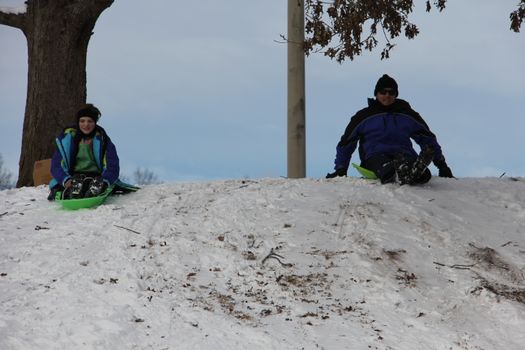I’ve been working with the Lightweight Directory Access Protocol (LDAP) for 18 years now. Then Microsoft embraced and extended LDAP with Active Directory. Nowadays most companies base all of their authentication and authorization on Active Directory and for good reason. In a Windows-only world it works great. For a mixed-platform environment, it’s a bit more difficult to make work.
I recently worked out how to make Linux systems authenticate against Active Directory using only the LDAP protocol and wanted to share it here for any fellow DevOps/sysaedmins who might want to try it themselves. The goals were to do it with minimum fuss and using the native tools – no third-party apps. I also want to do it solely with LDAP and not have to worry about pointlessly “joining” a Linux host to a domain.
The modern way that Red Hat likes to connect Linux hosts to AD like to do this is to use the SSSD suite of packages, join the host to the Active Directory tree, and talk to AD directly. This seems like a lot of bloat to me when all you need is authentication. Fortunately, you can use the “legacy” means and do it all with LDAP libraries.
Bridging Active Directory and Linux hosts
One way to integrate Linux/UNIX hosts into AD is to add Microsoft Windows Services for UNIX (SFU) schema extensions. This means every AD entry would be defined with common Unix attributes like uid (user id) and gid (group id). These could sometimes get out of sync with the AD attributes and at any rate would require constant updating of the AD records.
Ideally, we won’t depend on Services for UNIX additions in AD and the complexity it brings. Instead, we’ll identify standard AD attributes and map them to Linux/UNIX equivalents. The nss-pam-ldapd package allows us to do this in the /etc/nslcd.conf file, which we’ll see in a minute.
Differences between CentOS 6/AWS and CentOS 7 hosts
One stumbling block has been that Amazon Linux (amzn) uses old, old libraries, based on CentOS 6 packages. The nss-pam-ldapd package which ships with this version of Amazon Linux is version 0.7.5; a version too old to include the mapping functionality we need to avoid using Services for UNIX.
Fortunately, we can remove the amzn version and add an updated one. I have tested one I have found at this link which updates any amzn hosts to the 0.9.8 version of nss-pam-ldapd.
The version of nss-pam-ldapd that ships with CentOS 7 is 0.8.3 and works fine with attribute mapping.
Obtaining the domain’s ObjectSID
The goal of using a directory is consistency. If a user appears in AD, that user will be available to Linux hosts. Also, that user will be treated the same on every directory-equipped server as that user will ideally have the same uid/gid. Without adding Services for UNIX, we need some way to ensure a uid on one host is consistent with the uid on another host. This is done by nss-pam-ldapd by mapping Linux uid/gids to their equivalents in AD, called ObjectSIDs. You need to obtain your AD server’s domain ObjectSID.
Continue reading

